
Romanian food is diverse, with dishes that are hearty and influenced by a mix of cultural traditions, including Balkan, German, Serbian, Turkish, and Hungarian. Here’s a brief overview of some traditional Romanian foods.
Romanian street food ?
If you decide to visit Romania, you will most probably want to have a taste of Romanian food, more especially street food.
Romanian people are very fond of street food, and you may be likely to find a great diversity of street food during your stay. At the top of them you will find the famous “mici” or “mititei”.
Mici are a small, caseless sausages made of a blend of beef, lamb, and pork, seasoned with garlic, black pepper, and other spices, then grilled. They’re often served with mustard and bread.
Mititei, often referred to as “mici” (meaning “little ones” in Romanian), are a popular Romanian dish consisting of small, skinless grilled sausages. They are a staple of Romanian cuisine and a favorite among street food offerings, as well as being a common dish in restaurants and at home, especially during outdoor grilling seasons.
Origins
The exact origins of mititei are somewhat disputed, but they are believed to have been created in Romania in the late 19th or early 20th century. One popular story suggests that they were invented at a famous inn in Bucharest when the kitchen ran out of casings for sausages and decided to grill the meat mixture directly on the barbecue. They quickly became popular across the country.
Ingredients
The traditional recipe for mititei includes a mix of ground beef, pork, and lamb, though variations might use one or two types of meat instead of all three. The meat is seasoned with garlic, black pepper, thyme, coriander, and sometimes a bit of baking soda to make them juicier. The ingredients are thoroughly mixed into a homogeneous paste, then shaped into small, cylindrical forms by hand before grilling.
Cooking
Mititei are typically grilled over hot coals, which imparts a smoky flavor. They are turned frequently to ensure even cooking and are often served hot off the grill. The outer layer becomes slightly crispy, while the inside remains juicy and full of flavor.
Serving
Mititei are commonly served with mustard and fresh bread on the side. They may also be accompanied by French fries, pickles, or a simple salad of tomatoes and onions. In Romania, enjoying mititei is often associated with outdoor gatherings, picnics, and family barbecues, making them not just a meal but a part of social and cultural occasions.
Cultural Significance
Mititei hold a special place in Romanian culinary tradition, embodying the simplicity and richness of the country’s cuisine. They are not only a beloved food item but also a symbol of Romanian hospitality and the joy of sharing meals with friends and family. Their popularity has spread to neighboring countries, and they have become a representation of Romanian food abroad.
Sarmale : the flagship of Romanian food
Cabbage rolls filled with a mixture of minced meats, rice, and spices, often served with sour cream and polenta. It’s a dish commonly served during holidays and special occasions.
Zacusca
A vegetable spread made from roasted eggplant, bell peppers, tomatoes, onions, and mushrooms. It’s typically prepared in large quantities in autumn and preserved for winter.
Zacuscă is a beloved Romanian vegetable spread, a staple in many households, particularly cherished for its rich flavors and its role in preserving the bounty of summer’s end for the winter months ahead. Its origins are rooted in the Balkan and Eastern European tradition of preserving vegetables, but zacuscă, as it’s known and loved in Romania, has its unique characteristics and variations. Zacusca is a classical romanian food, you may never know if you do not spend at least one night with inhabitants, or know romanian people.
Ingredients and Varieties
The classic zacuscă is made from roasted eggplants, red bell peppers, onions, and tomatoes, all finely chopped or blended to create a thick, spreadable concoction. Some versions include additional ingredients like mushrooms, beans, or zucchini. The vegetables are typically roasted or grilled before being peeled, which gives zacuscă its characteristic smoky flavor. Olive or vegetable oil, salt, and pepper are used for seasoning, and bay leaves or other herbs might be added for extra aroma.
Preparation
The process of making zacuscă is labor-intensive but rewarding. After roasting and peeling the vegetables, they are simmered together with oil and seasonings for several hours until the mixture thickens. This slow cooking allows the flavors to meld beautifully, resulting in a rich, savory spread.
Traditionally, zacuscă is prepared in large batches at the end of summer or the beginning of autumn, when these vegetables are at their peak. The finished spread is then preserved in sterilized jars and stored for the winter. This practice not only provides a delicious reminder of summer’s flavors during the colder months but also offers a nutritious supplement to winter meals.
Serving and Cultural Significance
Zacuscă is typically served as a spread on bread or toast, often accompanying a main meal or as part of a breakfast or snack. Its rich, smoky flavor makes it a versatile companion to various dishes, including grilled meats or as a base for vegetarian meals.
The communal aspect of preparing zacuscă is of particular cultural significance in Romania. Families or friends often gather to prepare the spread together, sharing the workload and the rewards. This tradition fosters a sense of community and connection, linking the present with past generations through shared recipes and techniques.
Regional Variations
While zacuscă is widely enjoyed across Romania, there are regional variations that reflect local tastes and the availability of ingredients. For instance, in some areas, carrot or celery may be added for sweetness or depth of flavor, while other regions might prefer a spicier version with added chili peppers.
Conclusion
Zacuscă embodies the essence of Romanian food, transforming simple, locally sourced ingredients into a dish that is both a comfort food and a celebration of community and tradition. Its preparation and consumption reflect the seasonal rhythms of life and the importance of preserving and sharing the bounty of the land. This romanian food is a made at a specific period of the year of, and served to honnored guests..
Did you like reading about Romanian food ? learn more about romanian food in this article Romania for the foodies or Gastronomy in Transylvania.
Discover hiking in Romania and come with us in the Bucegi Mountains ! Click here.
Learn more on Via Transilvanica on the official website.


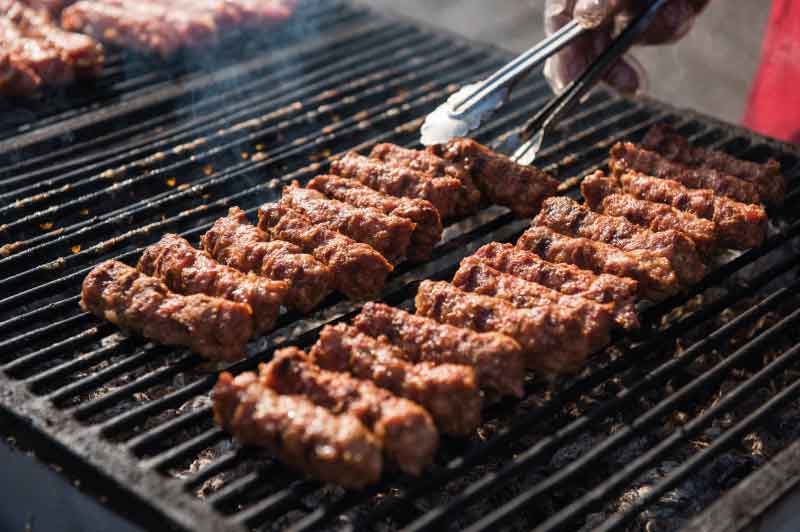
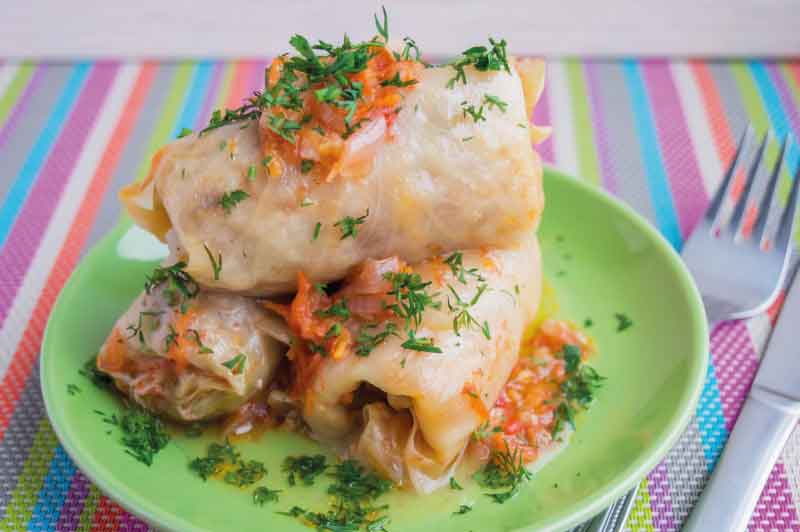
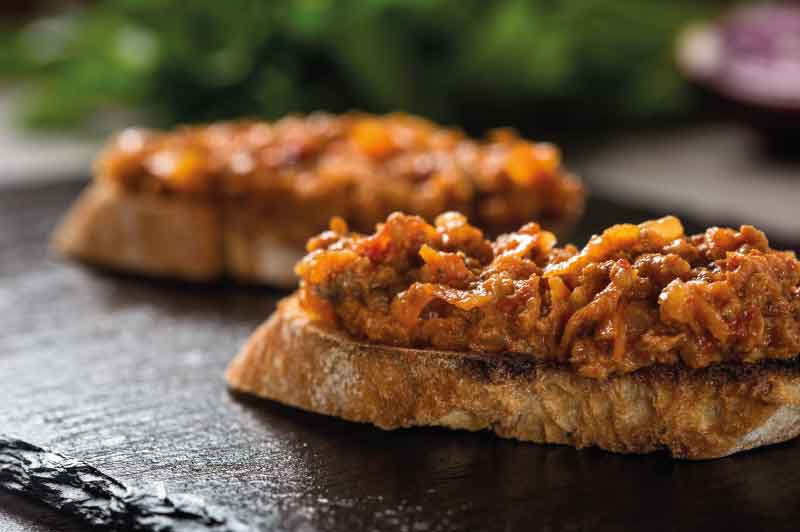
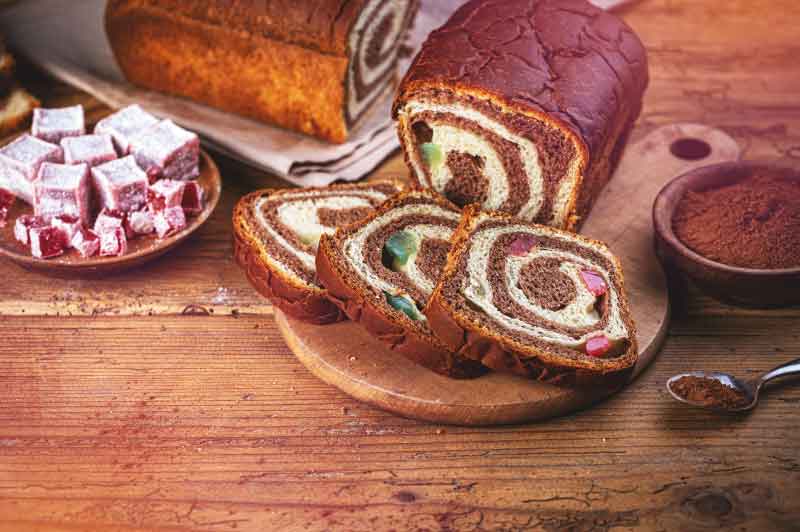
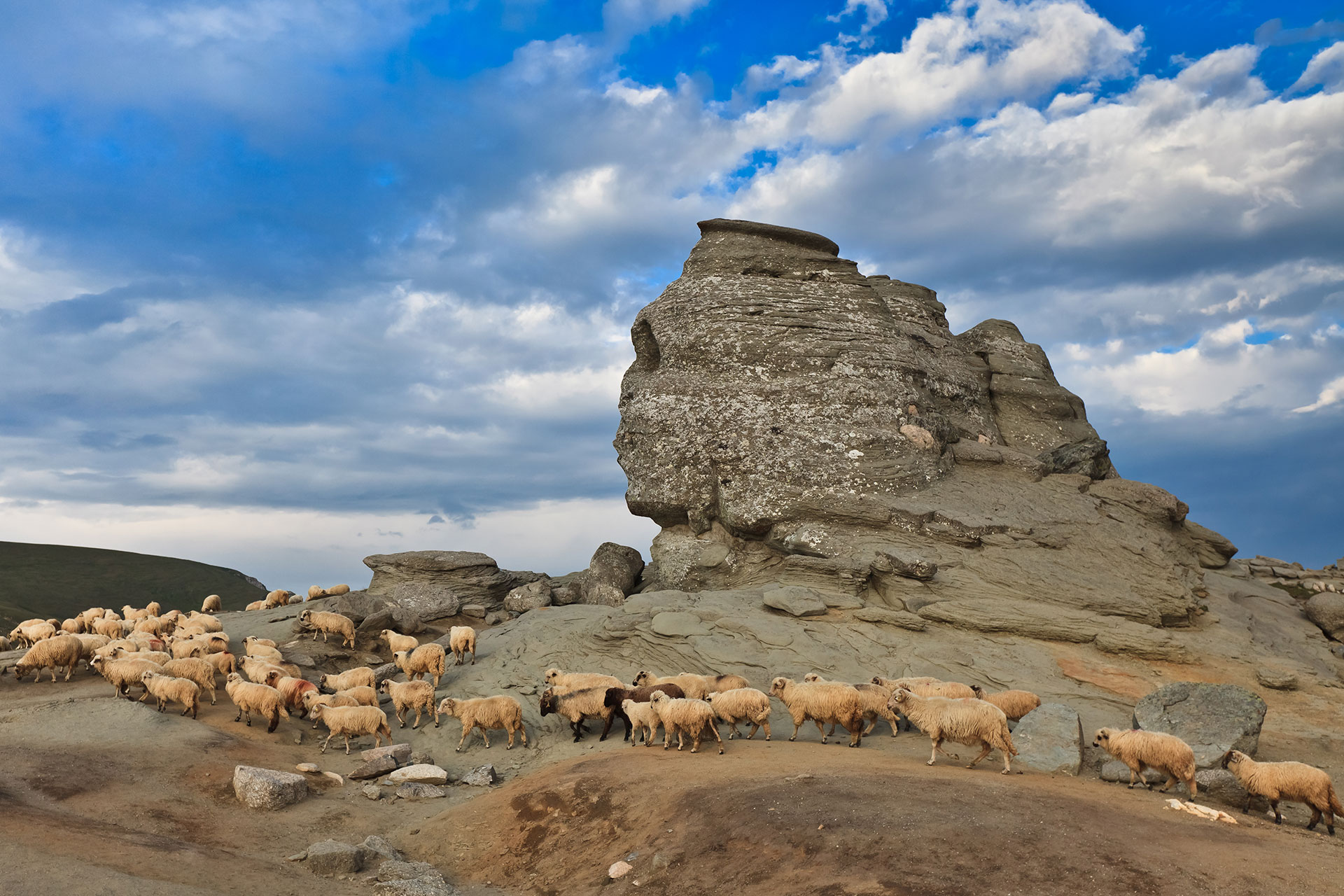


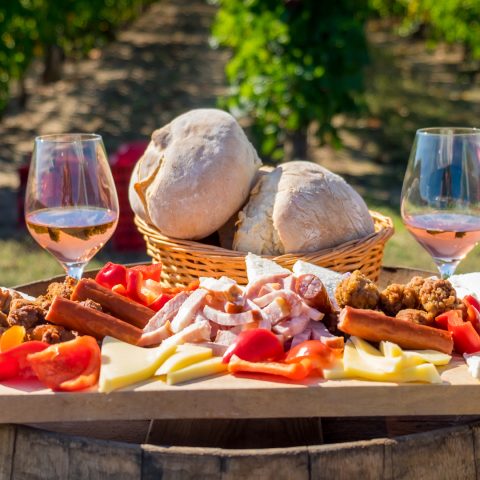












Leave a Reply